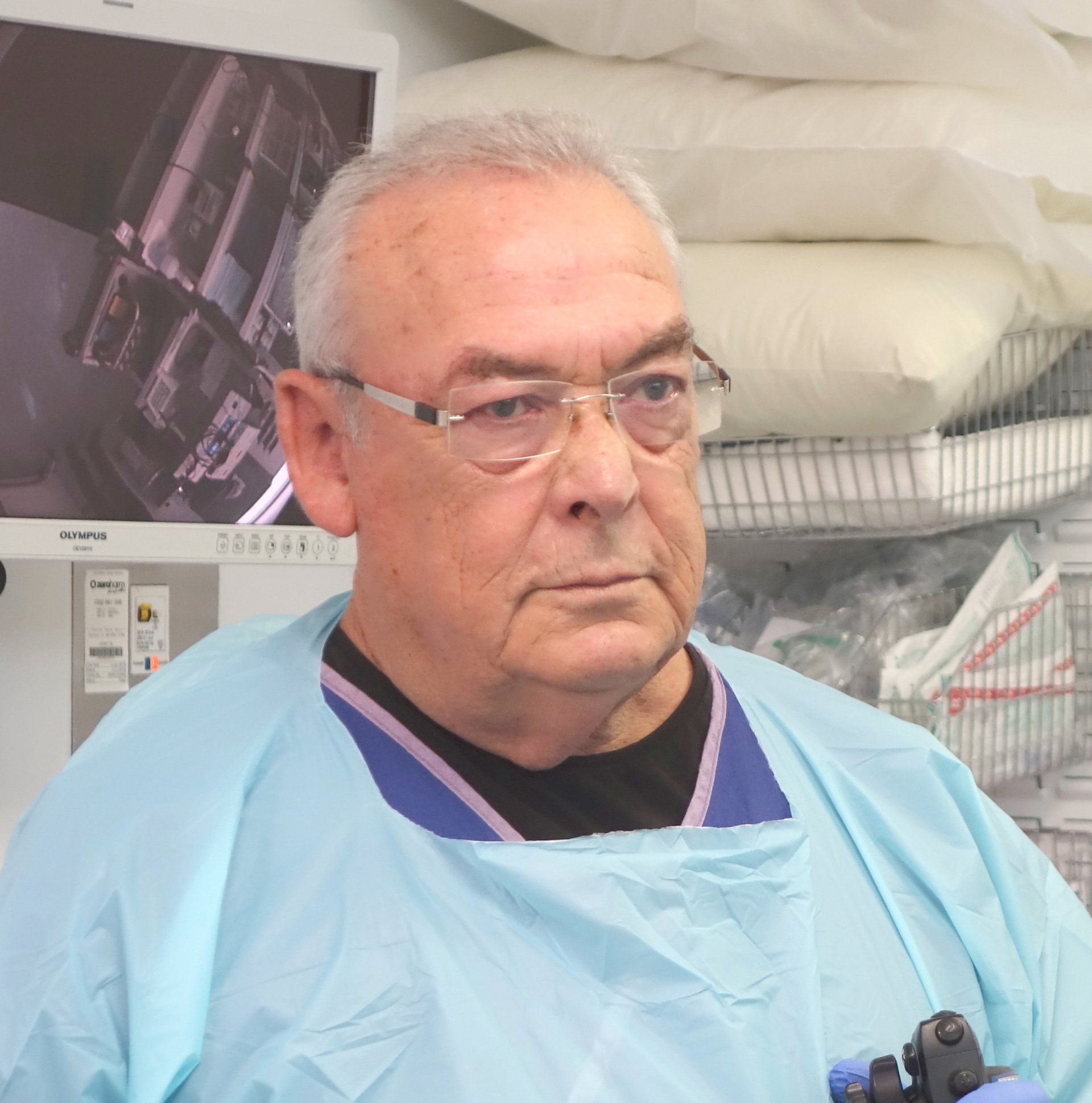Barrett’s Oesophagus
What is Barrett’s Oesophagus?
Barrett’s Oesophagus is a long term complication which occurs due to chronic inflammation and in a small proportion of people (10%) with Gastro-oesophageal Reflux Disease (GORD).
Barrett’s Oesophagus is characterized by tissue resembling the intestinal lining replacing the normally present oesophageal tissue.
Who does Barrett’s Oesophagus Affect?
Barrett’s Oesophagus is nearly two-three times more common in men than women.
The mean age of affected older people is an age of 55 or above. It is rarely found in children.
The criteria for people who should be screened for Barrett’s Oesophagus include:
- white men over the age of 50,
- with a history of smoking, and
- a family history of either Barrett’s Oesophagus or oesophageal cancer.
How does Barrett’s Oesophagus Occur?
GORD is associated with gastric acid and stomach contents washing back into the oesophagus.
The acid damages the oesophageal lining and triggers tissue changes resulting in Barrett’s Oesophagus .
Causes of Barrett’s Oesophagus
The precise cause of Barrett’s Oesophagus remains unknown. It is often preceded by chronic GORD in most patients.
Symptoms of Barrett’s Oesophagus
There are no direct symptoms associated with Barrett’s Oesophagus tissue transformation. The patient may present with GORD symptoms which include:
- Long term history of frequent heartburn
- Difficulty in swallowing
- Chest pain after eating certain foods
Stages of Barrett’s Oesophagus
Barrett’s Oesophagus is classified according to the degree of change seen in the oesophageal tissue. This includes:
- No dysplasia
– Tissue change is present, but there are precancerous transformations.
- Low-grade dysplasia
– Tissue change is present with a few signs of pre-cancerous changes.
- High-grade dysplasia – The tissue transformation exhibits many pre-cancerous changes and oesophageal cancer is very likely to occur next.
How is Barrett’s Oesophagus Diagnosed?
The doctor begins by taking a complete history and a thorough physical examination. Barrett’s Oesophagus is diagnosed by performing endoscopy.
An endoscopy allows the doctor to see the oesophageal lining and retrieve a tissue sample. The pathologist can use the sample to determine the degree of cellular damage and transformation.
How is Barrett’s Oesophagus Treated?
The doctor decides the best approach on a case by case basis and the severity of the symptoms.
The treatment plan always includes medication to control stomach acid and treatment of GORD.
Lifestyle changes such as
- cessation of smoking,
- exercise and
- removing food that is responsible for heartburn such as coffee or chocolate also play a role in controlling GORD.
In the case of:
- No dysplasia
– GORD is treated and routine endoscopy is scheduled to monitor the condition of the oesophagus.
- Low-grade dysplasia
– The doctor will treat GORD and may recommend removing damaged oesophageal cells by endoscopic resection or radiofrequency ablation. He will also recommend a follow-up endoscopy after a few months.
- High-grade dysplasia – At this stage, the chances of oesophageal cancer are very high. The doctor will treat GORD and perform an endoscopic resection of the damaged cells or radiofrequency ablation. In very extreme cases, surgery may be needed to remove the damaged segment of the oesophagus.
What if Barrett’s Oesophagus is Untreated?
If Barrett’s Oesophagus is untreated, there are increased chances of it evolving into oesophageal cancer with time. The patient will also experience worsening difficulty in swallowing, and chest pain in some cases.
Dr Donald Walker
Write your caption hereMore
Dr Johan Van Den Bogaerde
Write your caption hereMore
Trusted for more than 25 Years
PANCREAS & BILIARY
Digestion Problems - Dyspepsia









